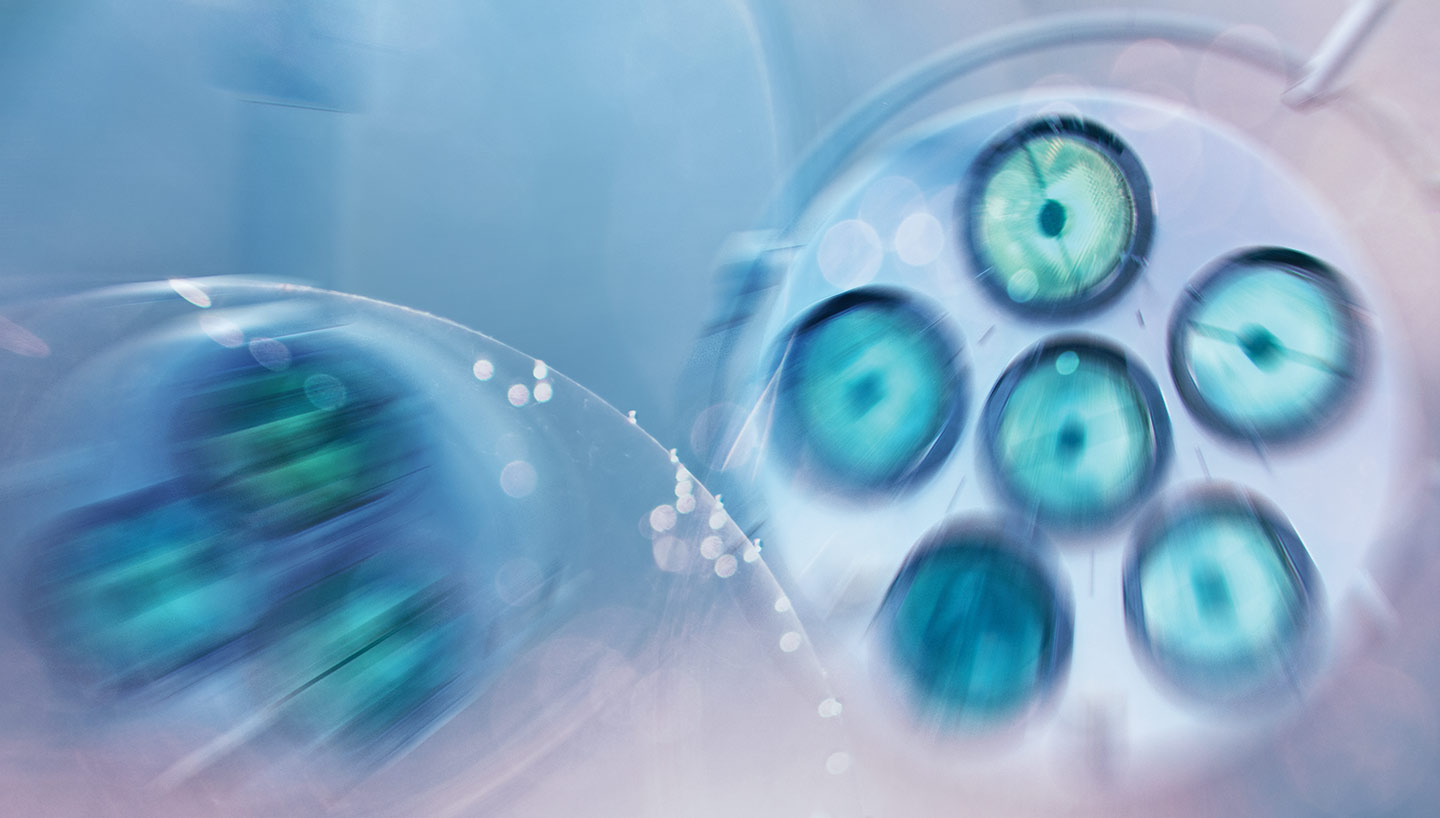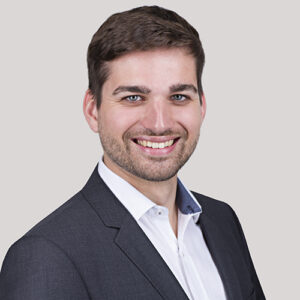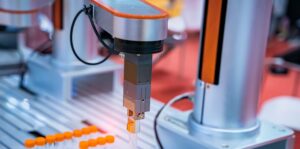14/10/2024
The European Patent Convention excludes mathematical methods from patentability. This exclusion is typically interpreted to be directed to “abstract” mathematical methods, as well as mathematical concepts, because they are considered to lack technical character.
At the European Patent Office (EPO), technical character is considered as part of the “problem-solution approach” for assessing inventiveness of claimed subject-matter. To assess inventive step of a claim which includes a mathematical method, it is considered whether the mathematical method contributes to the technical character of the invention. Such contribution to technical character is usually confirmed if the mathematical method contributes to a “technical effect” that serves a technical purpose, e.g. by applying the method to a field of technology, or to a specific technical implementation.
The consideration of whether a mathematical method contributes to the technical character of an invention is thus of utmost importance for patentability, especially in a field such as medical devices – many inventions in this field involve collection of physiological measurements and use of mathematical methods to analyse and process these physiological measurements.
And indeed, the Guidelines for Examination in the EPO, Part G, Chapter II, 3.3 set out, amongst other examples of technical contributions of a mathematical method, “determining the energy expenditure of a subject by processing data obtained from physiological sensors; deriving the body temperature of a subject from data obtained from an ear temperature detector”; “providing a genotype estimate based on an analysis of DNA samples, as well as providing a confidence interval for this estimate so as to quantify its reliability”; and “providing a medical diagnosis by an automated system processing physiological measurements”.
However, recent Boards of Appeal (BoA) decision T 1741/22 has cast some doubt on when a mathematical method may be considered to contribute to technical character in the processing of medical data.
T 1741/22 – disagreement with the Guidelines and other BoA decisions
EP16153964.8 relates to analysing glucose monitoring data indicative of glucose level. The Application was refused by the Examining Division for lack of inventive step, because the method of claim 1 then under examination related to “an arbitrary method of displaying data”
The Applicant appealed the refusal, and filed, amongst others, Auxiliary Request 10. Claim 1 of Auxiliary Request 10 reads (Board’s labelling):
“(a) A system for analysing glucose monitoring data indicative of a glucose level in a bodily fluid, comprising: an input device, a data processing device, an output device, a display device, and machine-readable instructions that are executed by the data processing device,
(b) [wherein the machine-readable instructions cause the data processing device to] receive continuous glucose monitoring data via the input device, the continuous glucose monitoring data indicating a glucose level sampled for a person in a bodily fluid at a plurality of sample times over a measurement time period in a continuous glucose level measurement, and comprising a plurality of continuous glucose profiles, each of the glucose profiles comprising a plurality of glucose values with a glucose value for each of the plurality of sample times over the measurement period, wherein the plurality of glucose profiles is determined on different days by sampling the glucose level on each day over the measurement period, wherein the measurement period is 24 hours;
(c) [wherein the machine-readable instructions cause the data processing device to] for the plurality of continuous glucose profiles, determine a plurality of minimum glucose values and/or a plurality of maximum glucose values for a selected group or each of the plurality of respective sample times
(d) [wherein the machine-readable instructions cause the data processing device to] provide first display signals representing the plurality of minimum glucose values and/or the plurality of maximum glucose values for the selected group or each of the plurality of respective sample times;
(e) [wherein the machine-readable instructions cause the data processing device to] output the first display signals via the output device to the display device; and display a first graphical representation according to the first display signals on the display device.
Based on the above referenced examples of specific technical implementations of mathematical methods which contribute to a technical effect, features (c) and (d) arguably contribute to the technical effect of the invention. In support of this, the applicant cited T 2681/16, which dealt with the contribution to technical character of the processing of glucose data points to derive a measure of the blood glucose variability. In T 2681/16,it was found that such processing of medical data did, in the context of the claim, contribute to a technical effect.
However, the Board in T 1741/22 disagreed explicitly with both the Guidelines and the Board in T 2681/16.
New data, actual measurements, and physical reality
In their decision, the Board set out why, in their opinion, features (c) and (d) do not contribute to the technical character of the invention.
According to the decision, “new data” being generated from glucose monitoring data cannot contribute to technical character, because mathematical methods as such inherently generate “new data”, and mathematical methods are excluded form patentability. The Board contrasts this with new “measurements” (term used in G 1/19), which involves the calculation of a physical state of an object (such as a glucose level in a bodily fluid), which have technical character because they are based “on an interaction with physical reality”.
However, according to the Board, features c) and d) do not involve actual measurements, but relate to processing of “already measured…data”. In the view of the Board, this is “predominantly of a non-technical nature”, and cannot contribute to the technical character of the invention.
The decision discusses the Board’s disagreement with T 2681/16 explicitly at point 2.3.6, and in particular disagrees with the finding in T 2681/16 that “providing an overall “measure” of the glucose variability and a prediction of glycaemic events amounts to a technical effect”. In the Board’s view, the term “measure(ment)” is used liberally by applicants to give “inventions the veneer of technicality”. However, the Board considers that measurements require “interaction with “physical reality”” for the calculation of the physical state of an object – the interaction with the physical reality (the patient’s blood) ends once blood glucose measurements are carried out. Calculating glucose variability and providing a prediction of glycaemic events are mathematical steps which are not “measurements” because they lack interaction with physical reality.
The Board therefore surmises that generation of “new data” based on a “measurement” (measurements in the sense of an interaction with physical reality for calculating a physical state of an object) contributes to technical character, whereas generating (and displaying) further data by evaluating or interpreting measurements is “inherently non-technical”.
In light of this view, the Board found the example in the Guidelines of “providing a medical diagnosis by an automated system processing physiological measurements” to be “clearly erroneous”.
In view of this, the Board found that claim 1 of auxiliary request 10 does not involve an inventive step.
What does this tell us about patenting the processing of medical data?
Given the divergence between the Board in T 1741/22 on the one hand, and the Guidelines and the Board in T 2681/16 on the other, there is some uncertainty what lessons may be learned from this decision, and whether and how it will affect prosecution of applications at the EPO.
Examiners typically act in accordance with the Guidelines – however, they often also refer to relevant BoA decisions. While the Guidelines are, in principle, binding on departments of first instance (i.e., Examining and Opposition Divisions), they are not rules of law and Examining Divisions may depart from them provided they act in accordance with the EPC.
T 1741/22 is one of very few decisions that has been distributed to all Chairpersons and Members of the Boards of Appeal – the overwhelming majority of BoA decisions is not distributed. As such, this decision may be more likely than other BoA decisions to impact on examination of relevant patent applications.
However, it is to be noted that the position of the Board in T 1741/22 is, at least currently, contrary to other Boards and the Guidelines. The present Board referred to some of its own previous, concurring, decisions T 1091/17; T 1910/20; and T 335/21, indicating that T 1741/22 is not an outlier for this Board, having considered this issue previously, but this is clearly not surprising.
Looking at these other decisions from the same Board, however, their details differ. The claims of T 1091/17 more clearly relate purely to statistics/searching and retrieving medical cases; those at stake in T 1910/20 appear to relate more directly to “building a therapy plan” with the crux appearing to be the claimed presentation of “cluster centres” in glucose data; and the claims in T 335/21 relate to automated therapy recommendations and effective control of the efficacy of such recommendations.
As such, the claimed inventions in those decisions may more clearly rely on a mental process of the user (e.g. in T 1910/20 “help an experienced and skilled doctor to better understand the measurement data”) or relate to mere administrative/non-technical activity. On the other hand, claim 1 of auxiliary request 10 cited above arguably relates more directly to “physical reality” because the “further data” relates directly to physiological events (e.g., hypoglycaemia/hyperglycaemia).
There appear to be strategic and substantive takeaways.
Board of Appeal 3.5.05, responsible for T 1741/22, mainly hears cases in International Patent Classification (IPC) “G – Physics”, whereas Board of Appeal 3.2.02, responsible for T 2681/16, hears cases in IPC “A – Human necessities”.
IPC classifications are determined by the search division, taking into account all features relevant to the technical subject-matter. Depending on the presentation of the invention in the specification, and the phrasing of the claims, one may be able to steer the search division to assign a specific IPC class, should this be deemed useful. This may not only be relevant at Appeal stage, but Examiners responsible for certain IPC classes may be more likely to consider Board of Appeal decisions relating to “their” IPC class than those relating to other IPC classes.
Substantively, when drafting or amending claims, and arguing inventive step, the technical contribution of claim features should be a paramount consideration. A focus on any “interaction with physical reality” is useful – claiming the invention in a manner so that it does not relate merely to the way data is presented, or how one set of data is used to calculate further data, may prove essential.
The possible broader impact
The impact of this decision may well go beyond patenting in the field of processing of medical data. It may affect patentability of inventions related to health data (such as that collected by wearables such as smart watches) more broadly, for example inventions involving the processing of health-related data in exercise, nutrition and the like. Indeed, the decision may also impact on inventions related to data processing generally or those involving AI.
It remains to be seen how much influence T 1741/22 will have on Examiners in the technical field of medical data processing, Examiners in other technical fields, and other Boards of Appeal. However, given the diverging BoA decisions, a referral to the Enlarged Board of Appeal on this matter may be required.
Whatever the impact, inventors and patent practitioners should consider the Board’s decision and reasoning in order to improve the likelihood of successfully patenting inventions related to processing of medical data, and data processing more generally. The decision also appears likely to be cited by Opponents in Opposition and Appeal proceedings of relevant patents.



